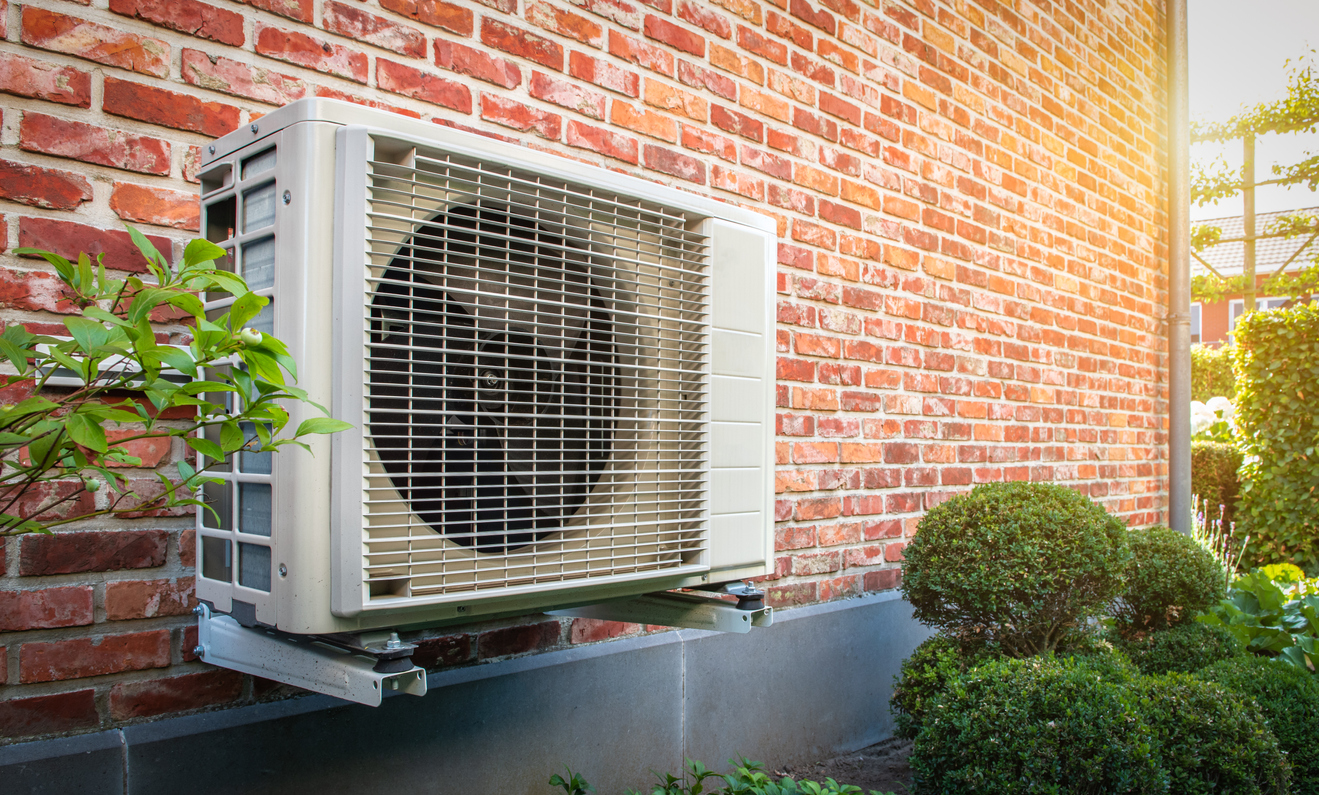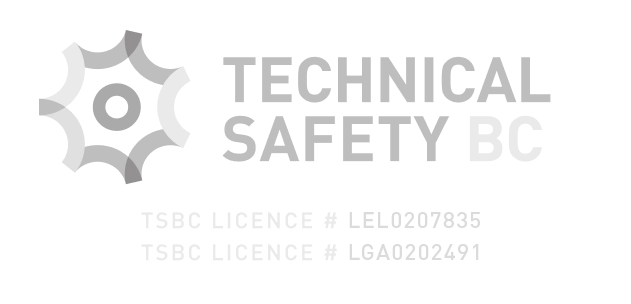Heat Pump Not Working?
As the seasons change and the temperatures fluctuate, our heating and cooling systems become our trusted partners in maintaining indoor comfort. However, there may come a time when your heat pump stops working correctly, leaving you frustrated and without a comfortable indoor environment. In this blog post, Thomson Industries is going over some of the most common issues that can cause your heat pump to malfunction so you can get a better idea about what you may be dealing with.
So, if you're facing this issue, keep reading for more information!
What Would Cause a Heat Pump to Stop Working?
A heat pump can be an energy-efficient and versatile solution for both cooling and heating your home throughout the year. However, like any HVAC system, it can experience problems that cause it to stop functioning as it should. Here are some common reasons that can lead to a malfunctioning heat pump:
· Thermostat problems: Sometimes, the issue isn't with the heat pump but with the thermostat. If the thermostat malfunctions or is set incorrectly, it can stop the heat pump from turning on or running as intended.
· Problems with power: Your heat pump might stop operating due to a shortage of fuel. Check whether the heat pump's power switch or the circuit breaker are off. A blown fuse or other electrical issues might also interfere with the power supply.
· Refrigerant leaks: Leaks within the system can cause low coolant levels, which can impair the heat pump's effectiveness and cause it to malfunction.
· Filters that are blocked or dirty: Filters that are dirty or clogged may hinder the flow of air, which can make the heat pump work longer and perhaps cause it to shut off to avoid damage.
· Frozen coils: The coils on the outside unit may freeze over during cold weather. Low refrigerant levels, inadequate ventilation, and other problems may be the cause of this.
· Fan motor problems: Issues with the outside fan motor might hinder the release of heat and result in an ineffective or inoperative heat pump.
· Dirty coils: As debris and dirt build up in the coils of the indoor and outdoor compartments, the heat pump's capacity to effectively move heat is diminished.
· Wrong sizing: Inadequate sizing of the heat pump for your home can make it challenging to maintain the correct temperature and increase the likelihood of repeated shutdowns.
· Age and wear: Heat pumps are subject to mechanical system wear and tear over time. Your heat pump may be more susceptible to malfunctions if it is older and has undergone many years of use.
How Do You Reset Your Heat Pump?
If your heat pump breaks down or has minor problems, restarting it can be an easy fix. The steps to take for resetting your heat pump are as follows, along with safety advice and the suitable times to try a complete reset:
When to reset your heat pump:
· Lack of airflow: When your heat pump operates, either too little heat or cooling occurs, or there is no airflow at all.
· Error codes: A reset could fix some minor issues if your heat pump is displaying error codes or warning lights.
· Sudden shutdown: Resetting the heat pump can help it restart if it shuts down without warning.
When not to reset your heat pump:
· Refrigerant leaks: Rebooting your heat pump won't solve a refrigerant leak. To handle refrigerant problems, a technician is needed.
· Electrical issues: A professional should address major electrical problems, such as damaged wiring or parts.
· Complex faults: Trying to reset the system can make the problem worse if it's an intricate malfunction that requires more than a simple reset.
· Safety concerns: It's preferable to get in touch with a trained HVAC specialist if you have any doubts about the problem or don't feel comfortable doing a reset.
How to reset your heat pump:
1. Identify the power source: Find your heat pump's circuit breaker. Usually, it's close to the outdoor unit.
2. Cut the power: You can cut the power to your heat pump by turning the circuit breaker to the "off" position.
3. Wait for a couple minutes: Hold off for a minimum of 5 to 10 minutes.
4. Turn on the power: Switch on the power again by turning the circuit breaker back to the "on" position after the period of inactivity.
5. Observe the heat pump: Watch how your heat pump works. After restarting, it should start operating normally. Keep an eye out for any codes of error or notifications that can point to lingering issues.
6. Examine your thermostat: Make sure the temperature on your thermostat is set correctly.
How Long Should a Heat Pump Run When It's Cold Outside?
The length of a heat pump's runtime in cold weather depends on its efficiency and the outside temperature. A heat pump operates effectively in milder weather, typically between 0 to 4 degrees Celsius, with cycles lasting between 10 to 15 minutes. The heat pump may need to run longer if temperatures fall below a certain point because of the amount of heat energy in the outdoor air. In extremely cold temperatures (below -18 degrees Celsius), heat pumps run practically nonstop.
In conclusion, restarting your heat pump can frequently fix small faults or cause it to abruptly stop operating. Thermostat failures, power supply problems, refrigerant leaks, filthy filters and coils, and fan motor problems can often be the cause of heat pump failures. That said, you can take care of minor heat pump difficulties and keep your home comfortable by adhering to the proper reset process and making sure your thermostat is adjusted correctly. However, for more significant issues, it's advisable to contact a qualified specialist for assistance.
If your heat pump is not working correctly? It may be time to reach out to a professional HVAC company.
The certified HVAC technician team at Thomson Industries is available 24/7/365 days a year, including after-hours, weekends, and holidays, at no extra cost for all heat pump repairs! Reach out to Thomson Industries over the phone or by using our online form!










